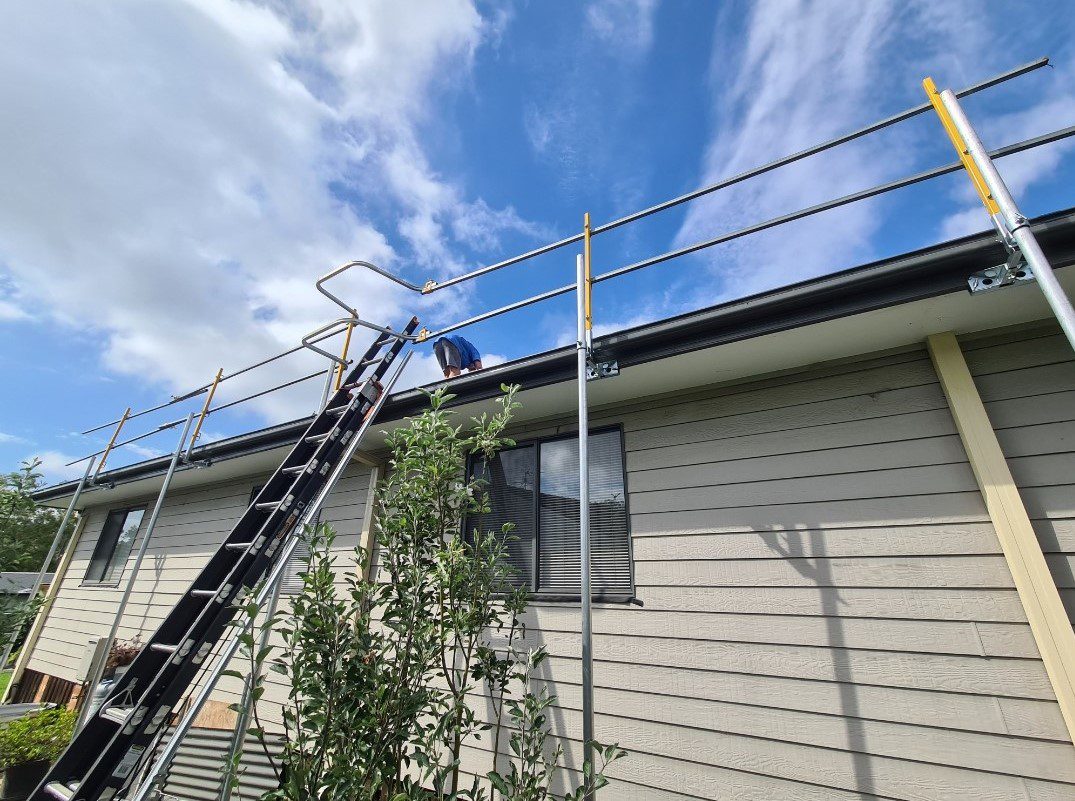The Key Benefits of Residential Roof Edge Guard
When it involves safeguarding your home’s basis, numerous important factors ought to be taken into consideration. One often left out element is the safety of your residential roof edges. This article will explore the key advantages of residential roof edge protection, highlighting their position in protecting your property’s structural integrity and heading off any damage.
Understanding the Importance of a Strong Foundation
The basis of a residence is its backbone, providing balance and support to the complete shape. Any troubles with the foundation can cause serious troubles, compromising the safety and sturdiness of the constructing. It is essential to take proactive measures to defend the foundation from capacity damage as a result of water harm, wind uplift, and other external elements.
What is a Residential Roof Edge Guard?
It, additionally called a roof drip side or gutter apron, is a protective aspect mounted alongside the edges of a roof. It acts as a barrier, preventing water from seeping into the muse and protective the roof’s inclined areas. Roof aspect guards are typically made from long lasting substances along with aluminium or PVC and are to be had in various dimensions and shapes to in shape exclusive architectural styles.
Protecting Against Water Damage
One of the number one benefits of a roof facet shield is its capacity to efficaciously redirect water faraway from the foundation. By channelling rainwater faraway from the edges, it allows prevent the buildup of moisture near the base of the house. This, in flip, reduces the threat of water seepage, mould boom, and structural damage as a result of extended exposure to moisture.
Additionally, roof edge guards play a essential role in stopping soil erosion. By directing the float of water far from the inspiration, they assist keep the integrity of the encompassing soil, preventing it from being washed away at some stage in heavy rainfall.
Enhancing Structural Stability
In regions susceptible to sturdy winds, residential roof side guards provide an added layer of safety by using minimising wind uplift. By securely anchoring the roofing materials, they help to preserve them in location during severe climate situations, lowering the hazard of damage or displacement. This, in turn, complements the general structural balance of the roof and decreases the probability of leaks and next water damage.
Furthermore, it strengthens the rims of the roof, that are frequently more prone to wear and tear. They provide an additional barrier towards outside elements and assist save you the degradation of roofing substances, making sure the durability of your roof.
Increasing Safety for Occupants
Safety is essential in terms of residential roofing. Roof side guards play a vital position in preventing falls and accidents. They act as a bodily barrier, stopping people from accidentally stepping off the roof edges. This is especially critical for maintenance personnel or everyone gaining access to the roof for repairs or inspections. Providing a clear visible indicator of the roof edges complements safety and reduces the risk of injuries. Additionally, it helps roof accessibility, making it less complicated to perform ordinary protection obligations. This includes gutter cleansing, inspection of shingles or tiles, and different essential protection.
Choosing the Right Residential Roof Edge Guard
When deciding on a residential roof edge guard, it’s far important to consider numerous elements. Choose a long lasting, climate-resistant fabric like minded with your roof’s production. Aluminium and PVC are popular options due to their electricity and sturdiness. Secondly, make sure professional installation to assure proper functionality and structural integrity. Lastly, time table regular inspections and renovation to hold the roof facet protect in top-rated condition and maximise its effectiveness.
Protecting your own home’s foundation is crucial for keeping its structural integrity and stopping costly maintenance. Residential roof aspect safety offers an powerful answer through redirecting water away from the muse, improving structural balance, increasing safety, making sure compliance with building codes, and delivering long-term value financial savings.

Shahid Maqsood, an MBA and Master in Mass Communications, is a seasoned writer with over a decade of experience. Specializing in news and celebrity coverage, he brings a unique perspective from his love for hunting and camping. His work spans multiple platforms like dosttrusty.com and newsbreak.com,Quellpress.com , airriflehunting, and bruitly.com showcasing his versatility and depth. Shahid’s insightful articles reflect his expertise, authoritativeness, and trustworthiness, making him a respected and reliable voice in digital content creation. His contributions engage and inform readers, embodying professionalism and passion in every piece.






![5 Letter Words With Ruel: A Guide for Solving Wordle 243 with Ease – [Jan 2023]!](https://trueqube.com/wp-content/uploads/2023/02/5-Letter-Words-With-Ruel-768x461.webp)
